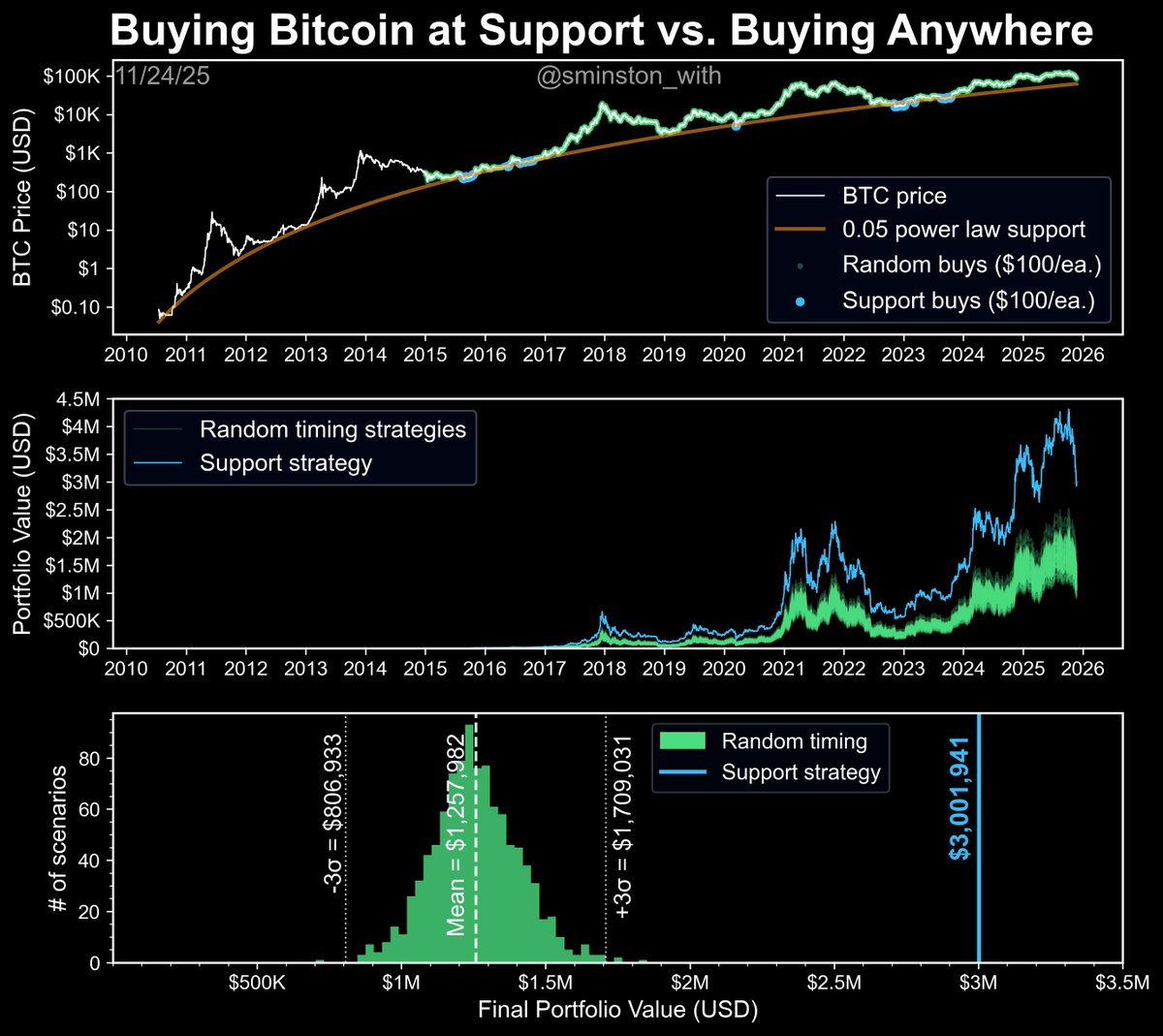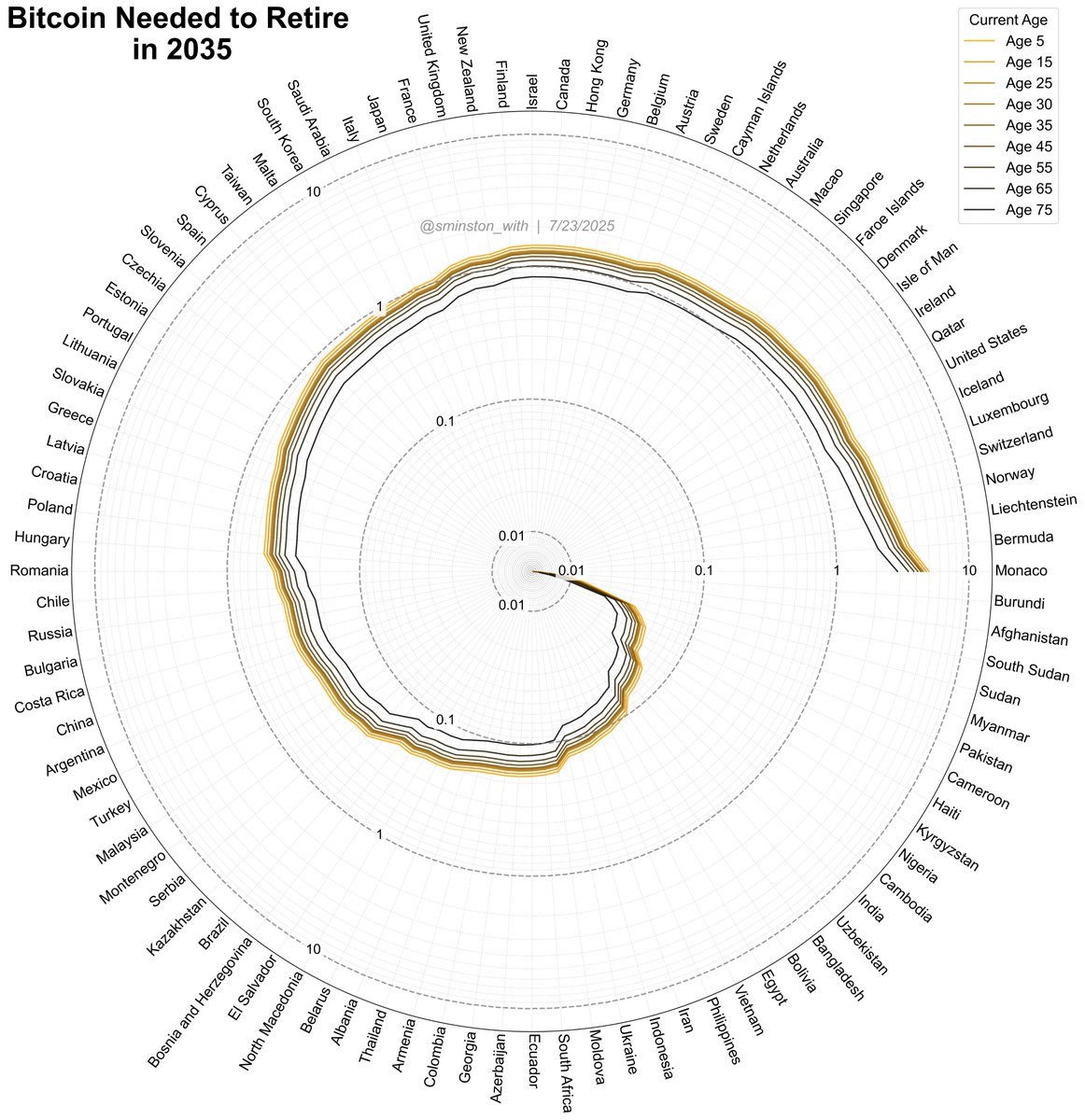
Bitcoin, Materials Science PhD
⚡️
Analysis, tools, and guides
⚡️
Bitcoin Data Lounge Host
How to get URL link on X (Twitter) App


 2/5
2/5https://x.com/LukeMikic21/status/1988320890501923221?s=201. Opens the segment by saying you should never trust charts - then immediately shares a chart supporting his belief in an impending supply shortage.



 2025 Retirement:
2025 Retirement: 

 P.1 $50k / year
P.1 $50k / year 

 I fitted each crab market using an exponential function, which gives us the growth rate of each (the is the "Crab Crawl Slope" in the inset plot.
I fitted each crab market using an exponential function, which gives us the growth rate of each (the is the "Crab Crawl Slope" in the inset plot.
 P.1 - $50k/year
P.1 - $50k/year 

 $100,000/ year:
$100,000/ year: 

 Retire at 35:
Retire at 35: 

 2/ Things you’ll notice from The Decay Channel:
2/ Things you’ll notice from The Decay Channel:
